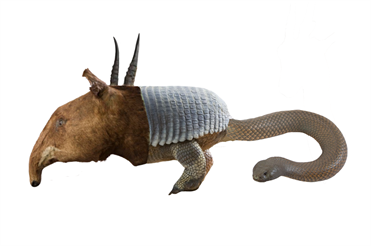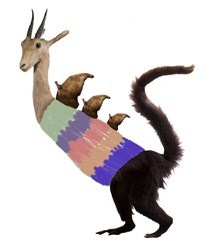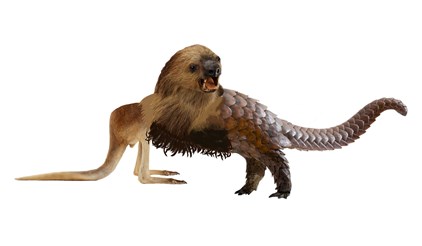Booty and the Beast
How well do you know your animal backsides? Take our quiz to see if you can match them all!
After the quiz, build your own beast with our cut-out activity!
Activity: Build A Beast
If you’ve already aced our Booty and the Beast quiz, why not try building your own wild and wacky beast? By cutting out and mashing together the heads and backsides of different animals from our Wild Gallery, you can invent your very own hybrid animal!
Check out some of our examples for inspiration:
You will need
- A printed copy of our Build-A-Beast worksheet
- A blank sheet of paper
- Some scissors
- A glue stick
- Some coloured pencils or textas
- Your imagination!
What to do
- Download our Build A Beast activity sheet:
- Using scissors, cut out the heads and backsides of our Wild Gallery animals.
- Mix and match the animal body parts until you find your perfect hybrid beast! Then glue them in place on your blank sheet of paper.
- Draw a torso or other body parts using your coloured pencils or textas.
- Repeat these steps until you have created as many beasts as you like - the wackier, the better!
We would love to see the brilliant beasts you come up with. You can email your creations to our Play team at [email protected] or tag us on social media using #MelbourneMuseum #MuseumAtHome.
Credits: images sourced from Museums Victoria.


